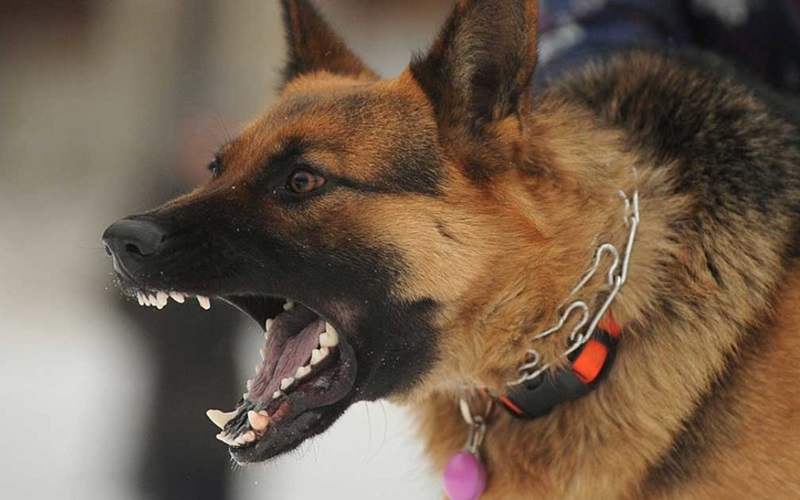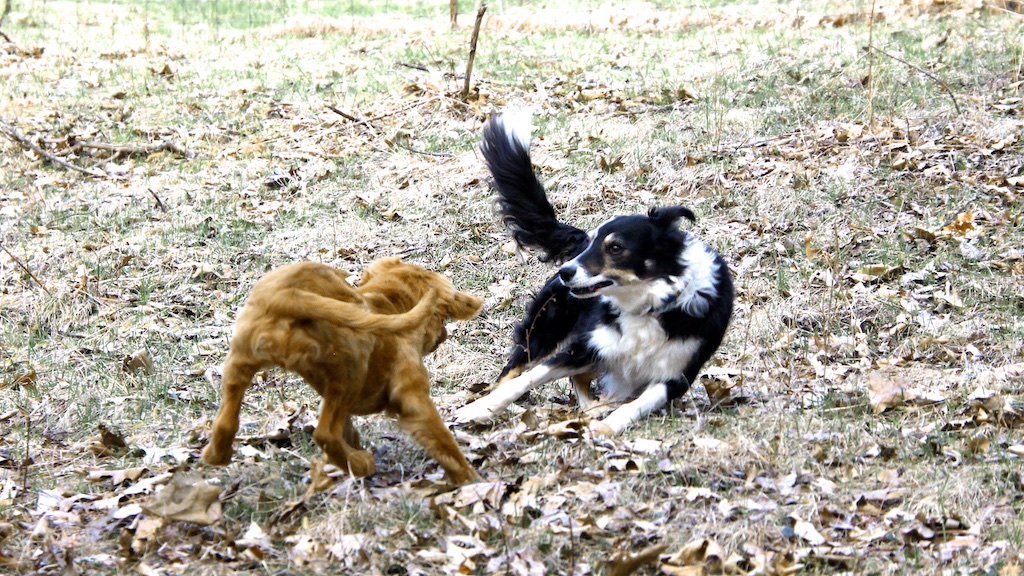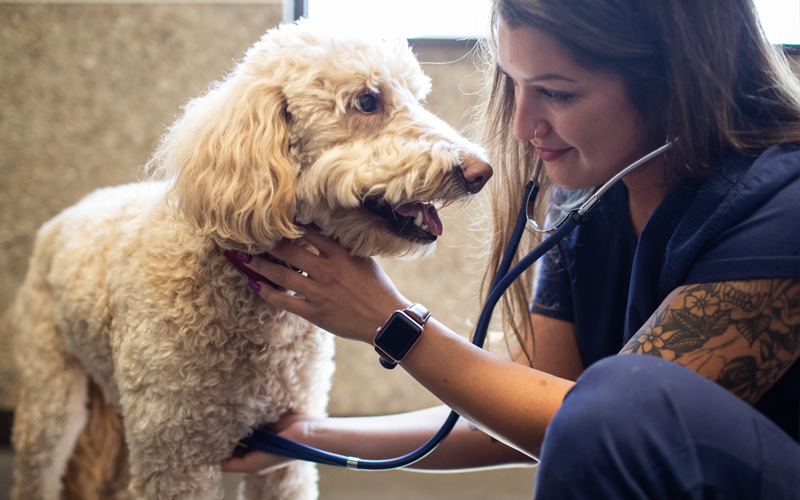Pet dogs are often seen as loyal companions, but there are instances where they turn aggressive, even towards their owners. Understanding the reasons behind such behavior is crucial in preventing future incidents. This article delves into the various factors that may cause pet dogs to attack or, in rare cases, kill their owners.

Recognizing Signs of Aggression
Recognizing the early signs of aggression in dogs can prevent potential attacks. These signs include growling, snapping, raised fur, and intense staring. Understanding these behaviors allows owners to address the underlying issues before they escalate.
Health-Related Issues
One of the primary reasons dogs may attack their owners is due to health-related problems. Pain or discomfort from an injury, illness, or chronic condition can cause a normally docile dog to become aggressive. Regular veterinary check-ups are essential to ensure your dog’s health and well-being.

Fear and Anxiety
Fear and anxiety are significant contributors to aggressive behavior in dogs. Traumatic experiences, lack of socialization, or sudden changes in their environment can trigger fear responses. It’s important to create a stable, calm environment for your pet and introduce them to new experiences gradually.
Territorial Behavior
Dogs are naturally territorial animals. They may perceive certain actions or intrusions as threats to their territory, leading to aggressive responses. Training and socialization from a young age can help mitigate territorial aggression.
Lack of Training and Socialization
A lack of proper training and socialization can result in a dog that doesn’t understand appropriate behavior. Enrolling your dog in obedience classes and ensuring they are exposed to various environments, people, and other animals can help reduce the risk of aggression.

Protecting Resources
Resource guarding is a behavior where dogs protect their food, toys, or other valued items. This can lead to aggressive behavior if the dog feels its resources are threatened. Teaching your dog to share and ensuring they understand that you are the provider can reduce this behavior.
Breed-Specific Traits
Certain breeds are more prone to aggressive behavior due to their genetic makeup and historical roles. It’s important to understand the specific traits of your dog’s breed and seek training that addresses these tendencies.
Preventative Measures
- Training and Socialization: Begin training and socialization early to ensure your dog understands appropriate behavior.
- Regular Health Check-ups: Keep up with veterinary visits to catch any health issues that might cause discomfort and aggression.
- Understanding Triggers: Learn what triggers your dog’s aggression and work to minimize these situations.
- Professional Help: If aggression persists, seek help from a professional dog trainer or behaviorist.

Conclusion
Understanding the reasons behind why pet dogs may attack their owners is the first step in preventing such incidents. By recognizing signs of aggression, addressing health issues, and ensuring proper training and socialization, pet owners can create a safer environment for themselves and their furry friends. Remember, a well-cared-for and understood dog is less likely to exhibit aggressive behavior.
